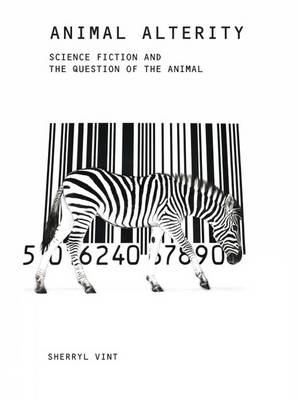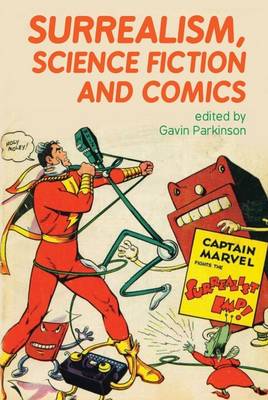Liverpool Science Fiction Texts & Studies
2 primary works
Book 39
Animal Alterity uses readings of science fiction texts to explore the centrality of animals for our ways of thinking about human. It argues that the academic field of animal studies and the popular genre of science fiction share a number a critical concerns: thinking about otherness and the nature of human being; desiring communication across species difference; and interrogating the social and ethical consequences of changes in science and technology. We are living in a complex set of contradictory and conflicting relations with non-human animals. This book maps this complex terrain, arguing that we are better able to perceive options for a transformed politics if we perceive our various material relations with non-human animals within a deeper understanding of the functions of the category 'animal'.
Book 50
Surrealism, Science Fiction and Comics
Published 5 May 2015
Although the self-definition of Surrealism and the initial defining of science fiction as a genre both took place in the 1920s and the links between the two are manifest, no full study has appeared till now on Surrealism and SF. Across ten original essays, Surrealism, Science Fiction and Comics looks at how the Surrealist movement in France and the USA used, informed, contributed to, and criticised SF from that moment, whilst including discussion of the related genre of comics. Among its aims are a reassessment of Jules Verne in the light of Surrealism and an analysis of the debate in the 1950s on the 'new' Anglo-American literature arriving in France. This received, in fact, a mixed reception from the Surrealists of that decade even though writers and intellectuals close to the movement in the 1920s were directly responsible for its success. The book includes further essays on the subsequent impact of Surrealism on SF novelists J.G. Ballard and Alan Burns, and features essays that argue for Salvador Dali's closeness to SF in the 1960s and his disagreement with the earlier scientific romance defined by Verne. The chapters that bring in comics range from theoretical discussions of the relation between the original comic strips of Rodolphe Toepffer and the key Surrealist technique of automatism, used in art and writing, through the cybernetic implications of the proto-SF Surrealist cine-roman 'M. Wzz...' of 1929, which has never discussed in any detail before, to the 1948 Vache paintings by Rene Magritte, inspired by Louis Forton's strip Les Pieds nickeles. This pioneering set of essays shows how Surrealism from the 1920s to the 1970s did not just receive and adapt SF but impacted the genre in its later manifestations.

